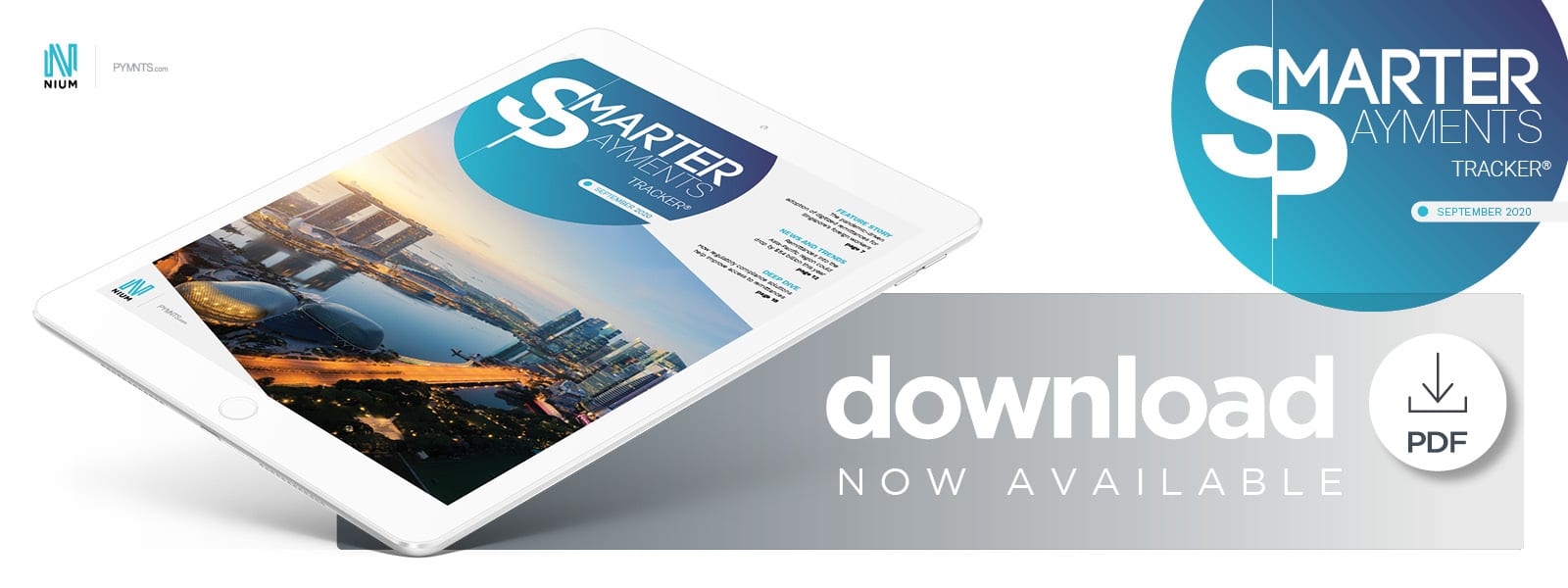Deep Dive: How Regulatory Compliance Tools Help Keep Remittances Flowing

Remittances are a lifeline for many individuals around the world, with workers overseas in developed countries frequently sending money back home to support families in emerging economies. These types of payment flows made up 5 percent or more of the gross domestic product (GDP) for 66 countries in 2019, reaching as high as 20 percent of GDP in nations like Haiti and Nepal.
This volume of money transfers is likely to drop, however, due to the global economic slump and widespread job losses from the COVID-19 pandemic that are making many workers hard-pressed to spare funds. Reducing fees for remittances might push price points low enough that more consumers could resume sending money home, though, and some researchers believe that money transfer service providers could make such price adjustments if they are able to reduce their own expenses through more robust and cost-effective regulatory compliance measures.
This month’s Deep Dive explores the challenges that remittance service providers face when seeking to stay compliant, the impact this has on the availability of cross-border money transfer services and regulatory technology strategies to help reduce this friction.
Correspondent Banking
Financial institutions (FIs) traditionally offer remittances through correspondent banking relationships, in which banks in different countries open deposit accounts to handle cross-border payments. FIs that offer remittances must also comply with a variety of regulations intended to help ensure that terrorists and other criminals are unable to abuse the services to finance illicit operations and hide ill-gotten funds. Maintaining compliance with these important regulations can be challenging, but FIs cannot afford to slip up. Failing to comply with such laws could allow crime to flourish and put FIs at risk of fines and reputational loss.
Some major FIs in developed countries have decided it is no longer worth the risks to facilitate remittances to and from countries that they perceive to have looser anti-financial crime policies or more lax enforcement. Many FIs, in a practice known as “de-risking,” have stopped or significantly reduced their correspondent relationships with banks in such countries. This has particularly impacted remittances in 12 Caribbean countries, where 21 out of their 23 banks said in 2017 that one or more of their correspondent banking relationships had ended. Another study found that the number of correspondent banking relationships in existence worldwide had dropped 22 percent from 2011 to 2019.
The Cost of Compliance
Some researchers believe that the right tools and services can help banks in allegedly high-risk countries to improve their security to the point where foreign FIs feel safe forging correspondent banking relationships. Digital KYC solutions may be one important piece of this puzzle for financial companies that offer international money transfer apps. These firms can enable customers to verify their identities prior to transferring funds by first scanning ID documents into the apps or using fingerprint biometrics. Adopting these and other anti-fraud technologies might help financial organizations persuade other FIs to trust that they can detect and stop attempted crimes.
Correspondent banking is not the only way that money transfers can be conducted. Low-cost remittance services could come from alternative players — so long as they, too, can remain compliant. Digital wallet providers may wish to expand into cross-border transactions, for example, and they must first obtain the regulatory know-how and licensing to be able to handle remittances in various markets. These companies may elect to collaborate with RaaS providers that already hold relevant licenses in different countries and can conduct the money transfer and compliance work for them. Integrating the RaaS solutions into their platforms would then enable the digital wallet providers to make the cross-border payment capabilities available to end customers.
Remittances deliver critical financial support to many families around the world, but fees can make it challenging for workers to afford to send these payments. Tools that help remittance service providers more efficiently meet their crime-fighting obligations can help keep down both costs and fraud.

